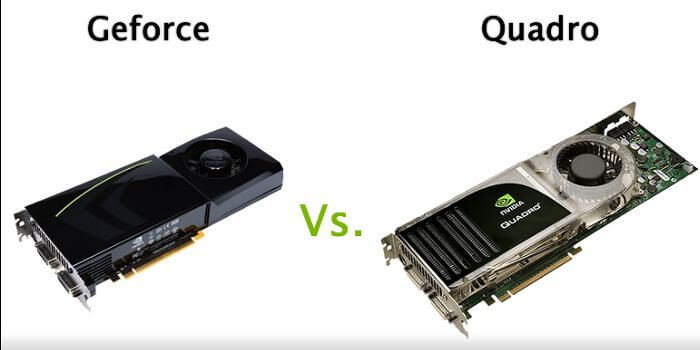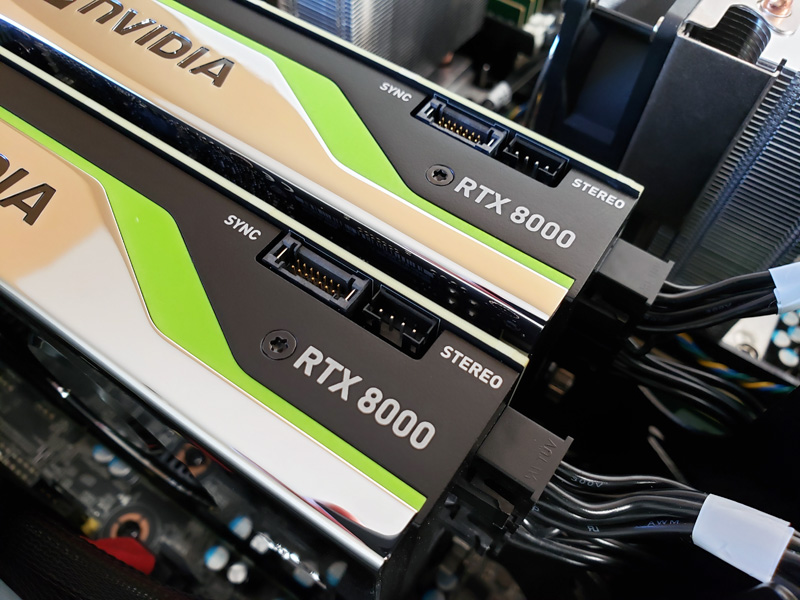

ATI is working on a solution to have the total VRAM accessible. THis could only improves the fps (which could be important for very large clouds). SLI : this currently does not have any interest in terms of additional VRAM as the system stills see only the amount of ram on one card. So I would advise all people with quadro cards to use the "game development" mode. Arguably, even if this does not shows in the number, the 'quadro' mode is less reactive in general. In short the fps were similar or 10% worse in the "quadro" config compared to the "geforce" config (we restarted each time CC and used exaclty the same cloud and view).

We did the test with a quadro K1000m that we had here, for blank, scalars, color and with or without EDL filter. It allows the graphics card to render games at a lower resolution and upscale.

DLSS (Deep Learning Super Sampling) is an upscaling technology powered by AI.
#Nvidia quadro vs geforce drivers#
To test this, you just have to go in the drivers and select the profile "game development" and the card will behave as a "geforce". Allows you to view in 3D (if you have a 3D display and glasses). In short: Quadro cards do not have an advantage over geforce (for the same GPU specs), and can actually be a bit worse. Ok, I think I've got most of the answers I needed after some experimenting: I personally have a (lower end) Quadro card for color grading work and a Geforce for viewing large amounts of polygons or doing certain calculations.Īnd, last but not least, the price for higher end Quadro cards is quite painful. These could boost the viewport perfomance quite substantially. Confronta le specifiche, il prezzo, la potenza, la temperatura e i colli di bottiglia. There used to be perfomance drivers for certain applications, which were certified etc. 290x Vs 1060Reasons to consider the NVIDIA GeForce GTX 1060 6 GB. So basically much of the hardware is the same (except more VRAM on Quadro cards) but the main difference are the drivers. On other hand I know that on Geforce Cards Nvidia artificially limit the viewport perfomance when using double sided shading since they consider this a "professional" feature. So the raw perfomance is quite often worse, than their Geforce equivalents. The difference in performance usually sparks quite some heated debates: Usually the Quadros have a lower clock frequency since they are optimized for stability. Other advantages, for example, are the use of ECC-memory and multi display sync. Some benefits of the Quadro cards, which were particullary interesting for me, is the support of 10bit displays (for color grading) and support for Quadbuffer stereo. Short answer: It depends alot on your application and your budget. I've faced the same question whether a Quadro offers substantial benefits over the Geforce cards.


 0 kommentar(er)
0 kommentar(er)
